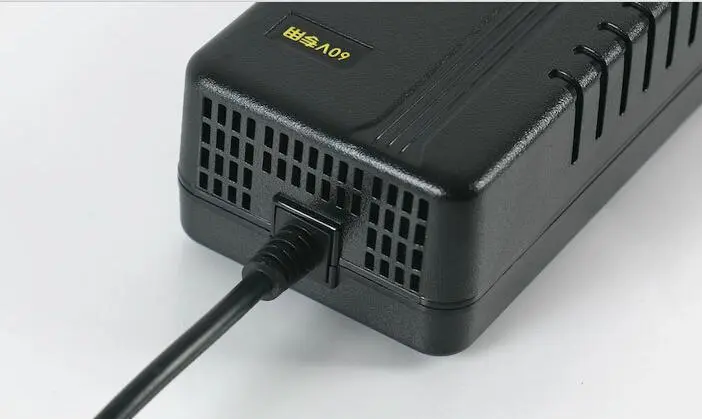 |
Welcome To Evlithium Best Store For Lithium Iron Phosphate (LiFePO4) Battery |
 |

Charging lithium battery packs correctly is essential for maximizing their lifespan and ensuring safe operation. This guide will provide you with in-depth, step-by-step instructions on how to charge lithium battery packs properly, covering various types and addressing key considerations.
Lithium battery packs, widely used in portable electronics, electric vehicles, and renewable energy systems, offer high energy density, lightweight design, and long life cycles. Proper charging is crucial to maintain their performance and longevity.
Li-ion batteries are common in consumer electronics. They offer high energy density and a relatively long lifespan but require precise charging to prevent degradation.
LiFePO4 batteries are known for their safety, thermal stability, and long cycle life. They are used in applications requiring high power, such as electric vehicles and solar energy storage.
Li-Po batteries are lightweight and can be shaped into various forms, making them ideal for drones and RC vehicles. They require careful handling and charging to avoid safety issues.
Each type of lithium battery has specific voltage and current requirements. Overcharging or charging at an incorrect current can lead to battery damage or safety hazards.
Lithium batteries are charged in two main phases:
A BMS is crucial for monitoring and managing the charging process, ensuring safety and optimal performance. It protects against overcharging, over-discharging, and short circuits.
Ensure the charging area is clean, dry, and well-ventilated. Avoid flammable materials nearby.
Check the battery's voltage and current ratings. Ensure your charger is compatible with these specifications.
Overcharging can lead to overheating, battery damage, or even fire. Always use a charger with overcharge protection.
Ensure you use chargers and connectors designed for your specific battery type. Avoid using damaged or incompatible equipment.
Regularly inspect your batteries and charging equipment for signs of wear, damage, or corrosion. Replace any faulty components immediately.
Charging lithium battery packs correctly involves understanding their specific requirements, monitoring the charging process, and adhering to safety guidelines. By following the detailed steps and considerations outlined in this guide, you can ensure the longevity and safety of your lithium battery packs, whether they are used in consumer electronics, electric vehicles, or renewable energy systems.
Edit by paco
All Rights reserved © 2025 Evlithium Limited